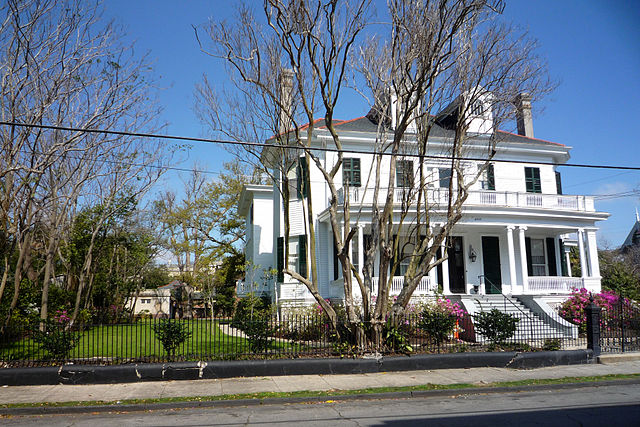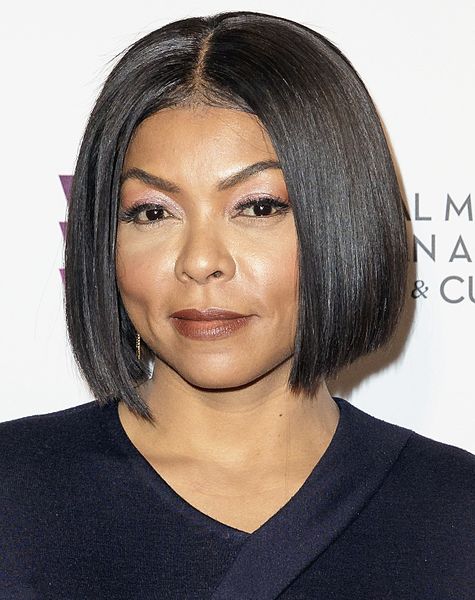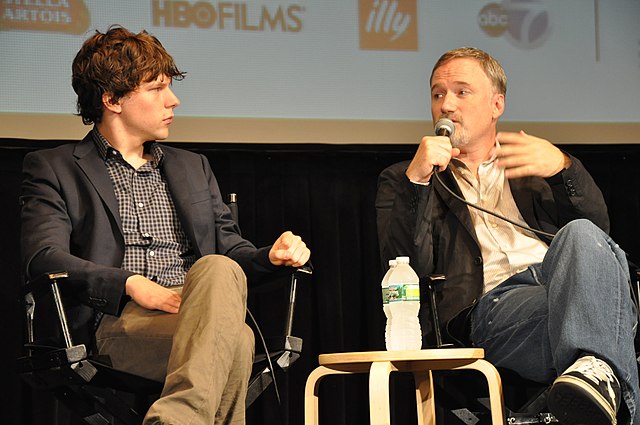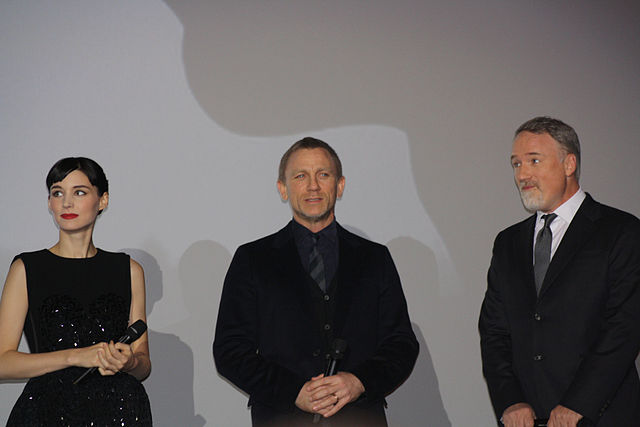The Curious Case of Benjamin Button (film)
The Curious Case of Benjamin Button is a 2008 American fantasy romantic drama film directed by David Fincher. The storyline by Eric Roth and Robin Swicord is loosely based on the 1922 short story of the same name by F. Scott Fitzgerald. The film stars Brad Pitt as a man who ages in reverse and Cate Blanchett as the love interest throughout his life. The film also stars Taraji P. Henson, Julia Ormond, Jason Flemyng, Elias Koteas, and Tilda Swinton.
Some filming was conducted in the Garden District of New Orleans, including this home at 2707 Coliseum St.
Parisian scenes shooting in Old Montreal
Image: Brad Pitt Cannes
Image: Taraji P. Henson 2016
David Andrew Leo Fincher is an American film director. His films, most of which are psychological thrillers, have collectively grossed over $2.1 billion worldwide and have received numerous accolades, including three Academy Awards for Best Director nominations for him. He has also received four Primetime Emmy Awards, two Grammy Awards, a BAFTA Award, and a Golden Globe Award.
Fincher in 2023
Jesse Eisenberg and Fincher at the 2010 New York Film Festival.
Rooney Mara, Daniel Craig, and Fincher at the premiere of The Girl with the Dragon Tattoo
Fincher and Gillian Flynn at the 52nd New York Film Festival








